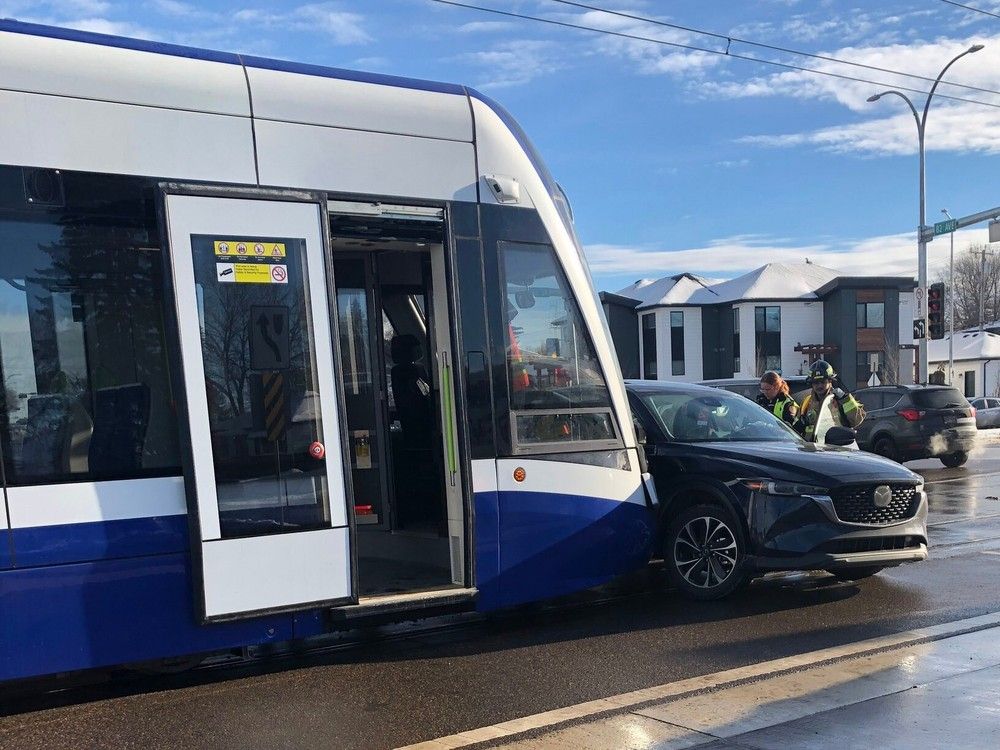The_Cat
Senior Member
The sad thing is that many of these safety warnings or features are the result of lawsuits. Sometimes loopholes are exploited.
Periodic is such a vague word, which at some point turns into occasionally or rarely and when people notice enforcement seldom happens they dismiss or ignore it.You only need periodic enforcement, not a full time fleet of traffic officers on every corner all day every day lol. What an assumption!
The faded logos on the gantry crane...are any of those companies involved in Marigold?
No I just found it interesting the number of contractors who have used it.The faded logos on the gantry crane...are any of those companies involved in Marigold?
Huh, it looks like they might actually be using enough rebar in those piers this time.
It sure looks that wayHuh, it looks like they might actually be using enough rebar in those piers this time.

I get the letter-writer's argument. But there are two problems with her logic: first, there are going to be major problems for years because the Valley Line is so different from the LRT we've had all this time. The LRT system we've had since 1978 has never crossed roadways without crossing gates and bells. Drivers are not used to interacting with a system that lacks these safeguards. And the fact that we will now have two LRT systems operating simultaneously very differently and interacting with vehicular traffic in disparate ways is going to lead to continued problems.
Tuesday's letters: Don't blame LRT when people ignore safety rules
While I completely understand the public’s frustration with the Valley Line Southeast delays, I am frankly getting tired of the tirades on its perceived lack of saf…edmontonjournal.com
I get the letter-writer's argument. But there are two problems with her logic: first, there are going to be major problems for years because the Valley Line is so different from the LRT we've had all this time. The LRT system we've had since 1978 has never crossed roadways without crossing gates and bells. Drivers are not used to interacting with a system that lacks these safeguards. And the fact that we will now have two LRT systems operating simultaneously very differently and interacting with vehicular traffic in disparate ways is going to lead to continued problems.
It's also worth noting that there are plenty of other rail crossings in the city--CN and CP--where trains cross motorists' paths. The vast majority of them have crossing gates and bells. Again, that's how drivers are used to interacting with trains.
The other issue is one of design. Not only does the Valley Line cross major roadways but it does so in very odd ways in a lot of places. It cuts across multiple lanes of traffic on 28 Avenue at a sharp angle. It not only crosses busy 82 Avenue at-grade (we're going to regret that) but also changes sides of the street from the middle to the west side. On the Valley Line West we're going to see similar issues on Stony Plain Road through Glenora, where the line switches sides and crosses traffic lanes at an angle.
There are already red lights in operation and "No Right Turn on Red" signage.There may not be crossing gates, but there are traffic lights and when a train crosses any intersection there is going to be a red light for drivers, cyclists and pedestrians not to cross the intersection, no?
I never said that barriers will be required at every intersection nor did I suggest they be installed at each. What I did say was that there are key intersections where the design of the line is a mess and vehicle/train conflict is going to be a particular issue, where barriers are likely going to be needed.It is not a train it is a tram. More bus like. They did not have barriers back in the day nor do they have them in Toronto where people have to board in the middle of the road. Having barriers at every intersection will just defeat the purpose of the whole concept of an urban vehicle.
There are already red lights in operation and "No Right Turn on Red" signage.
How's that working out in terms of accidents?
And remember that the trains are only testing right now. They aren't nearly as frequent as they will be if/when the system ever gets up and running.